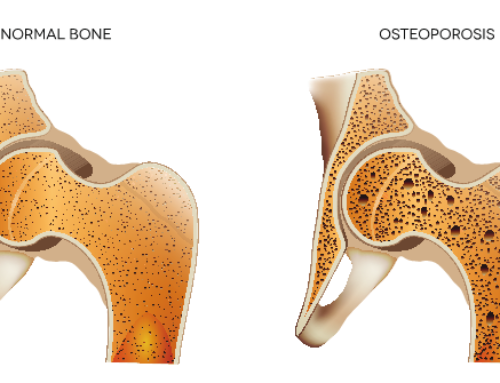Google ‘what is the pelvic floor’ and you will come up with pages after pages of definitions and articles about what it does.
When talking about the pelvic floor, we often think about pregnant or postnatal women. However, we all have a pelvic floor, and it can be the missing link in a variety of problems including back and hip pain!


Why is the pelvic floor important?
Simply put, the pelvic floor is a sling of muscles which runs from your sacrum (tailbone) to your pubic bone (front bone). As we have already said, both men and women have a pelvic floor. Understanding what it is and how it can contribute to pain or problems is key.
The pelvic floor is really important because it controls your continence and supports your pelvic organs to keep them in place.
It also controls your sexual function so ensuring it is working well can even make sex better to!
For women, as we get older we go through multiple hormone changes. This includes during pregnancy, postnatally and after menopause. Often these are the stages which we notice our pelvic floor has changed, with 1 in 3 women experiencing a degree of incontinence.
1 in 10 men experience incontinence and pelvic floor dysfunction happens in 100% of men who have had a prostectomy. It is also very common for those who have had bowel cancer treatment or are experiencing erectile dysfunction.

How do I work my pelvic floor?
You often hear about doing Kegel exercises but what does this actually mean?
In order to work your pelvic floor, you want to imagine as if you’re holding in wind and holding in a way. It should be a back to front squeeze from the back around the bottom and up to the front.
For men, we often say holding in wind and try to lift your testicles and penis up.
To begin with, you can try this lying down before progressing into sitting and standing.
It is really important to vary the position and not just work lying down as the pelvic floor works against gravity all day. By ensuring that you are strengthening the muscle in gravity resisted positions will ensure it works more specifically.
As you are doing these pelvic floor exercises, remember to keep breathing.
Remembering to breathe and noticing if you are over tightening your stomach, bottom or thigh muscles at the same time is really important.
The pelvic floor muscle works closely with your diaphragm to help moderate your intra-abdominal pressure. By bracing or over recruiting your bigger muscles, it is unlikely the pelvic floor will work to its full potential.
To work different parts of the pelvic floor, you can stand or sit in different positions as this will naturally bias the muscle in different ways.
If you stand with your toes pointing inwards, you will work the front side of your pelvic floor. However, if you stand with your feet pointing outwards, it will work the back part of your pelvic floor more.
It is really common, particularly in men or postpartum, to be unsure whether you are working your pelvic floor appropriately. This means both contracting it completely, and fully relaxing it.
If you’re not sure how to work your pelvic floor or how the muscle is functioning well, it is important to ask a pelvic health physiotherapist to help you.

Why see a pelvic health physio?
If you are not sure whether your pelvic floor is functioning well and you are experiencing pelvic pain, incontinence, persistent back or hip pain, or are having problems with your sexual function, a pelvic health physio can help.
We commonly refer to these specialist physios as pelvic health specialists, as this includes men’s health as well as women’s health. The distinction is important as there are definite differences!
When you see a pelvic health physiotherapist, they will fully assess you and will be able to tell you whether your pelvic floor is working the way it needs to. This will include seeing whether you can full contract the muscle, how strong it is, whether you can fully release and also whether you can co-ordinate the muscle.
Think about it like any other muscle. If you went to the gym to do a light bicep curl, you would fully extend your elbow and fully bend it. A muscle needs to work through full range so that it stays mobile and strong throughout this entire range. If you do not fully release, you will be strong in a small range of motion which leads you open to injuries.
This is particularly important with the pelvic floor as it needs to expand to support your pelvic organs. If you have a full bladder but your pelvic floor cannot stretch and release, this could be a cause of incontinence.
To fully assess the pelvic floor, you can have an internal assessment. This could be through the vagina or anus. However, if this is something that you would rather not do, we can also ultrasound scan the area and show you what is happening.
A pelvic health physio should also be able to give you tips, advice and a thorough treatment programme which will help you strengthen and co-ordinate the muscle to improve its function. Most importantly this is tailored to you!
Remembering that your public floor isn’t always week but that there are multiple things which can cause weakness in the pelvic floor is really important as it also depends from person to person.
Specific physiotherapy has been consistently shown to help with pelvic floor problems and is a first line of defence in conditions such as:
- Pelvic pain
- Incontinence
- Prolapse
- Sexual dysfunction including pain and erectile dysfunction
- Penis pain
If you’ve got any questions about your pelvic floor or how to work these muscles, simply get in touch. We are here to help!
Don’t let pain hold you back, book now!




